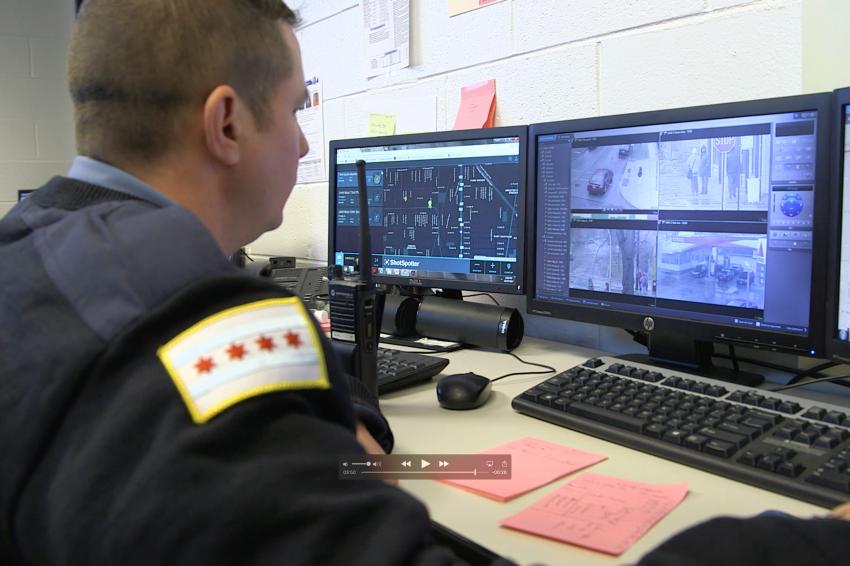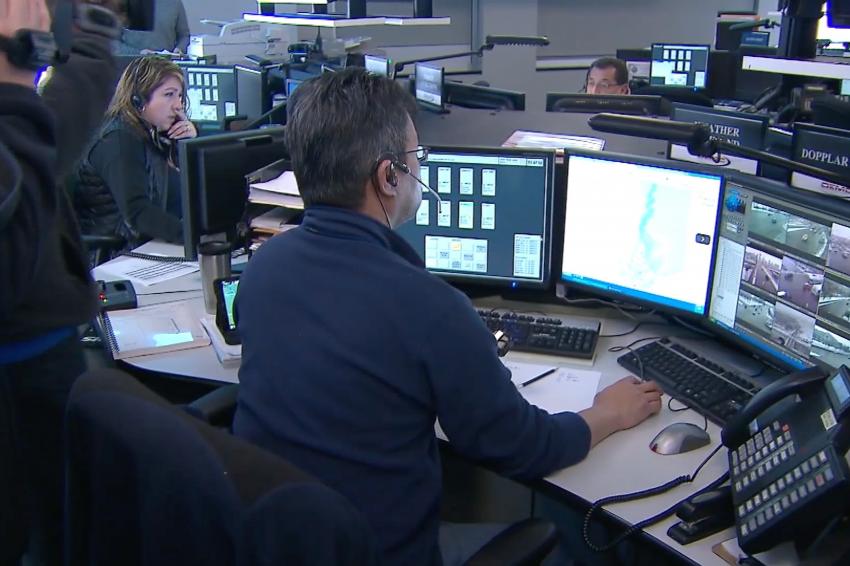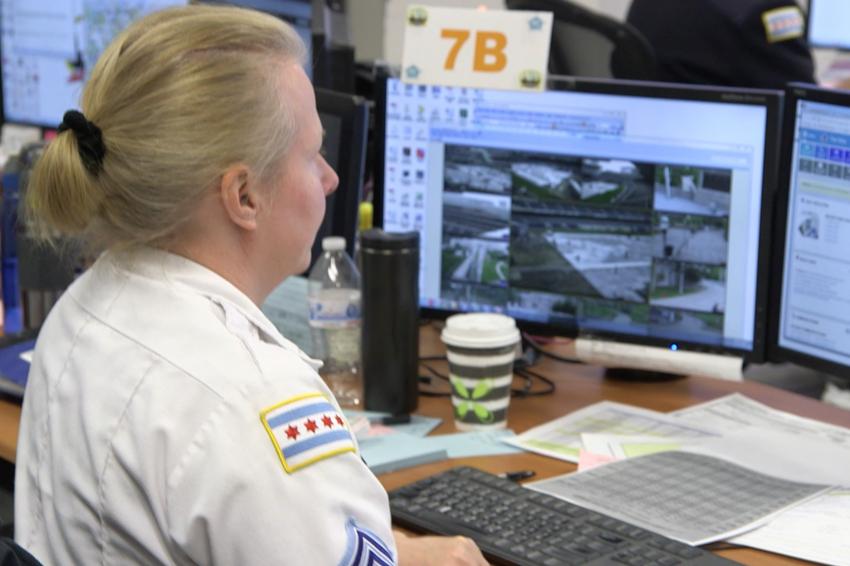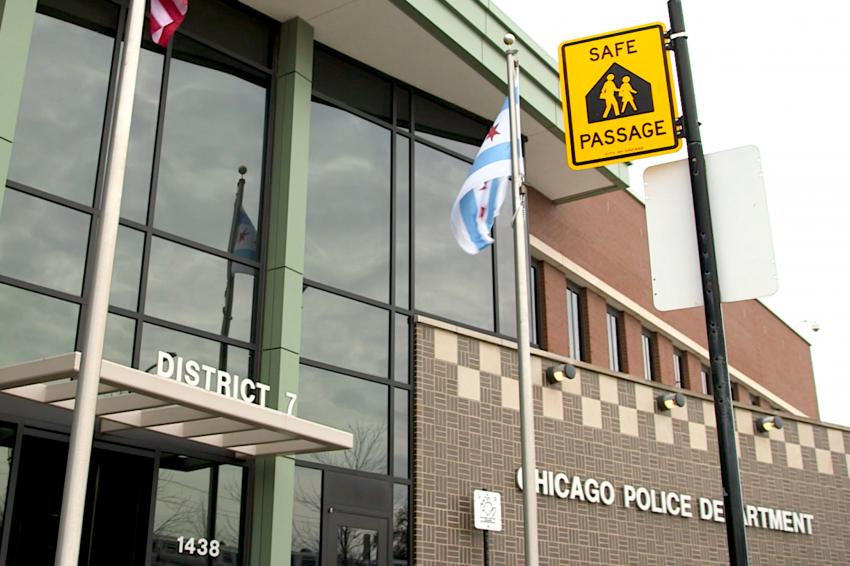Curbing Chicago‘s Crime Wave with Unified Solution
Intelligence Gathering Using Genetec Citigraf
The windy city is home to the Sears tower, the Hancock and, infamously, was also home to mobsters like Al Capone during the prohibition era. Chicago has reportedly a population of over 100,000 a ctive gang members from nearly 60 factions. Chicago‘s biggest criminal justice challenges have changed little over the last 50 years and statistically reside with homicide, armed robbery, gang violence and aggravated battery. In its effort to fight back, the Chicago Police Department decided to use technology to tackle its crime issue.
We were experiencing a record high number of shootings and murders in 2016,“ said Jonathan Lewin, Chief Bureau of Technical Services at the Chicago Police Department (CPD). “It was a tough year. The mayor and the superintendent knew that something had to change.“
With such a high level of crime, the CPD – which with 22 police districts and approximately 12,600 officers is the second largest police department in the United States – has a great amount of data at its disposal, but found itself unable to fully utilize it to effectively make a difference in its crime fighting strategy. The city used information sources from Shotspotter, a gunshot detection solution, real-time GPS on police vehicles, criminal incidents, arrests and information on criminal gang members. A key issue was that these information sources were spread across multiple platforms, meaning that users had no one single view on any incident with a ‚single plane of glass‘.
Similarly, the police department had 400 subject matter experts who were unable to share and disseminate their knowledge with other cities/suburbs or districts. Two further issues facing the CPD were financing and the tight timeline of kicking off and introducing the project. Chicago’s crime epidemic, combined with the restrictions of a tight budget, meant that the CPD needed a system that could be quickly implemented. Any system was required to deliver instant results and deliver significant value for money.
First-hand Experience
Unable to find a solution that directly addressed the functionality that was required, the CPD challenged Genetec – which was already a supplier of security solutions to the city of Chicago and the CPD – to create the single platform. Through this process, Genetec used the opportunity to expand its product line to create what would become Citigraf. In order to get a better understanding of the situation at hand, engineers from Genetec went on ride-alongs with the officers and became embedded in the districts for a period of time. This allowed Genetec to fully comprehend the challenges facing police officers, the nature of the crimes taking place, and the variety of sources that housed valuable data.
Giovanni Gaccione, Justice & Public Safety Group Lead at Genetec, said: “The team that was here talking to Chicago saw this as an expansion of the Genetec product line and that this could be really something beyond what we currently do. The question then was whether we could bring all that information together, and that is where the idea of Citigraf started.“
A proof of concept was created in 30 days that connected to Shotspotter in one of the most rapid product development cycles that had been seen by the department. The information that has been gathered in the situation rooms or Strategic Decision Support Centers (SDSCs) can be immediately shared with officers, either on a traditional voice radio or through smartphones. With the SDSCs working in closer cooperation, the department was able to take some of the technology they previously had, such as pod cameras, CLEAR systems and CAD systems, and unify them in a single source. The decision support system consolidates data from a multitude of sensors and provides a dynamic, unified view to all dispatchers and responders so they can take insight-driven decisions during a mission.
Product Suite
A unified platform with clear and intuitive usage is central in anything created by Genetec, and Citigraf is no different. While the ability to customize is useful, what is more important is that any user can navigate to the relevant information at a moment’s notice. This focus on ease of use contributed to the development of Citigraf Command for a central operations center, Citigraf Auto for in-vehicle terminals, and Citigraf Mobile to exchange relevant information with field personnel. There is also a highly sophisticated analytics platform – Citigraf Insights – which allows users to detect and understand incident trends and risks by deriving insights from the systems in place. This gives the CPD the ability to measure the effectiveness of campaigns, to enhance the training of front-line employees, optimize strategies and be better prepared.
More Than the Sum of its Parts
In practice, Citigraf functions with a correlation engine that detects relevant information from multiple sources, based on time and location. This means that operators are instantly notified with alerts that require their immediate attention. From the moment of an incident, Citigraf will pool together relevant information such as an emergency CAD call or a license plate read, in order to provide officers with a fuller picture of the situation and improve the response time. With all this information feeding into a greater system of situational awareness, Citigraf helped the CPD use technology to shift from reactive to proactive planning, readiness and response.
However, the most important aspect of Citigraf is its focus on a unified approach to public safety. As a key anxiety for the CPD was the lack of ability for experts to share their knowledge, collaboration is built into the DNA of Citigraf. To be effective, collaboration and connectivity is needed between agencies, cities and the private sector, and this is engendered by the platform. With Citigraf implemented, those experts are able to provide their insight into crime and gang activity with other districts and create a sophisticated network of knowledge and data gained from technological sources and the expertise of officers who patrol the streets. All of this is indicative of the future of data-driven smart policing to fight crime in real-time, rather than being reactive.
Promising Results
The districts where Citigraf has been placed have seen a significant reduction in violent crime. In fact, many districts that used to drive up violence in Chicago are now responsible for bringing it down. “Since rolling out Genetec Citigraf, response times from dispatch to ‚on-scene‘ arrival time, have been reduced by 39 percent and 24 percent respectively, in our two most at-risk districts,“ noted Lewin. “Shootings are down 22 percent in these districts compared to 2016, and the technology and process will be expanding to more districts. Citigraf is now deployed in our Strategic Decision Support Centers, located in each corresponding police district facility, and has helped us send a strong message to the community that crime and gun violence get a swift response.“
Aside from pure statistical results, there has also been a significant morale boost – both for officers and citizens. Lewin added that “neighborhood residents say that they now feel safer, that they can walk down the street and that they can let their kids play in the park.“













